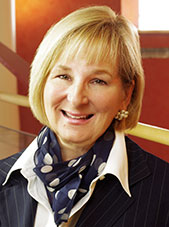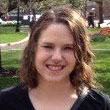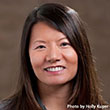
Executive Director
As 2013 races to a close, it is easy to reflect on all our accomplishments this year. The library faculty and staff have had an outstanding year – lots of articles, chapters, presentations, new services, new resources, new staff, new web site, and all sorts of behind-the-scenes activities that make everything we do so much better for us and for you.
If I were going to identify some top stories in the HS/HSL in 2013, I would probably cite:
- MPower Initiative – UMB and College Park Libraries partnered to develop the MPower Virtual Resarch Library in support of collaborative work between researchers at both campuses. See Connective Issues Special Edition.
- Remodeled Website and OneSearch – We remodeled our web site using responsive design technology so the site would be legible and usable on any device. We introduced OneSearch on the Library’s home page. OneSearch is a research tool modeled on the ease of searching with Google. With a single search, users can uncover multiple types of library resources. It’s a huge hit.
- 200th Anniversary begins – We began “Foundations for Discovery, Collaboration, and Innovation,” the celebration of our 200th anniversary on May 1 with a lecture by Dr. Phil Mackowiak on Dr. John Crawford. It was Dr. Crawford’s collection that was purchased in 1813 to establish our library and found the University of Maryland’s libraries. We’ve had a variety of programming, ranging from Dr. Mackowiak’s lecture, to a symposium on mobile health, to our 200th Anniversary Exhibit (held over until January 30th). All members of our community have joined in the festivities.
2014 promises to hold all sorts of additional excitement! We will be launching our research support service, holding a Sweet 16 Party to celebrate the 16th birthday of our lovely building (did anybody say Ace of Cakes?), offering a symposium on measuring research impact, re-envisioning Connective Issues, and beginning work on our new strategic plan (a personal favorite). Our exhibits program will again be robust with the thought-provoking “Deadly Medicine: Creating the Master Race,” in partnership with the United States Holocaust Memorial Museum running from February 28-April 30. A highlight of the year is always the art exhibit with elementary and middle schoolers from our partner schools on the west side. We will close out the year with “Surviving and Thriving: AIDS, Politics, and Culture.”
We hope you will be with us for every event. Thank you for your ongoing support of the Health Sciences and Human Services Library. Best wishes for a wonderful holiday season and a restful break. See you in 2014.







